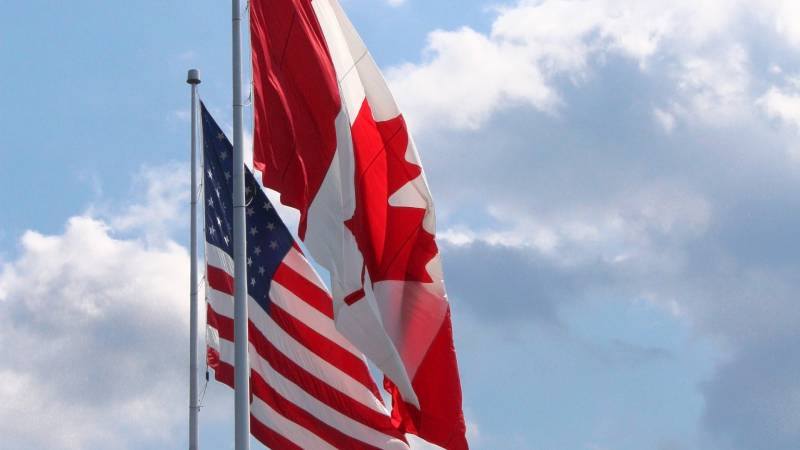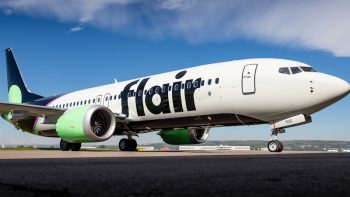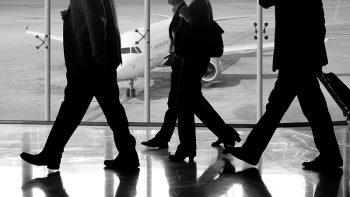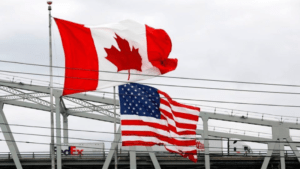
Canadians - and even Americans - were left scratching their heads after reports yesterday - confirmed today - that the U.S. would be extending its land border restrictions with Canada, even as Ottawa announced that fully vaccinated Americans would be eligible to enter Canada beginning next month.
The U.S. announced 21JUL it would unilaterally extend the closure of its land border with Canada until at least 21AUG - just as the current closure between the two countries was set to expire. Until now, the closure of the border has been rolled over monthly by mutual agreement between the two countries. But now it seems they may go their own ways.
“Canada is getting this right,” said U.S. Travel Association’s EVP of Public Affairs and Policy Tori Emerson Barnes in a clearly frustrated statement.
“We urge the Biden administration to reciprocate by determining a date and a plan to welcome Canadian visitors at U.S. land borders. Land travel accounted for more than half of all overnight visits to the U.S. by Canadians pre-pandemic, so taking this step – given the strong rates of vaccination in Canada – will help the U.S. begin safely rebuilding with its No. 1 source market of international visitors.”
Air Travel Not Affected
In fact, the border closure between the two countries was never perfectly balanced.
While Canadians prohibited Americans from entering Canada for non-essential travel by any route, Canadians have never been banned from flying into the U.S. for any reason. That has not changed.
Today’s U.S. announcement is only related to continuing the restriction of non-essential travel across land border crossings.
Blame Mexico
America’s problems on the land border with its southern neighbor may be influencing the continued closure of its land border to the north.
While today’s U.S. announcement attributed the extended border closure to continued - and even growing - COVID-19 transmission rates in the U.S., some experts suggest there’s a thornier - and more political - reason.
Laurie Trautman, director of the Border Policy Research Institute at Western Washington University, is quoted by the Canadian Press saying, "I'm not sure that the Biden administration really has figured out what to do on the southern border and how to handle a lot of the asylum seekers and refugee claims. There's probably a sense that, 'If we open it up, then there'll be more.'"
The political minefield of refugees and illegal immigration is just one aspect of the challenge of re-opening land borders. The other is the bureaucratic juggernaut of U.S. Customs and Border Protection.
"The way the organization works, they're a huge bureaucracy, and I don't think they want to sort of piecemeal and kind of cut and paste from one place to another," she said. Instead, the agency would want to be enforcing the same rules and regulations on both borders.
That leaves Canada lumped in with Mexico - at least until authorities on both sides of the border figure out a way to process travellers with different entry eligibility, vaccination, or pre-clearance status.
Until then, it’s air travel for Canadians who want to make ‘non-essential’ trips to the U.S.






